Category: General

Project aims for EV batteries that can work past minor damage
Researchers in Norway are looking at ways to make electric vehicle battery cells more resilient.
As part of an EU-funded project involving a series of battery suppliers and researchers, the Norwegian University of Science and Technology (NTNU) said in a recent press release (via Tech Xplore) that its researchers have been looking at different ways to keep batteries working with minor damage, helping to avoid expensive replacement.
The research team has been working with silicon-anode tech, which promises more energy density and range but isn’t without its own hurdles. As researchers note, silicon anodes swell during charging and discharging, which can cause them to break down over time.
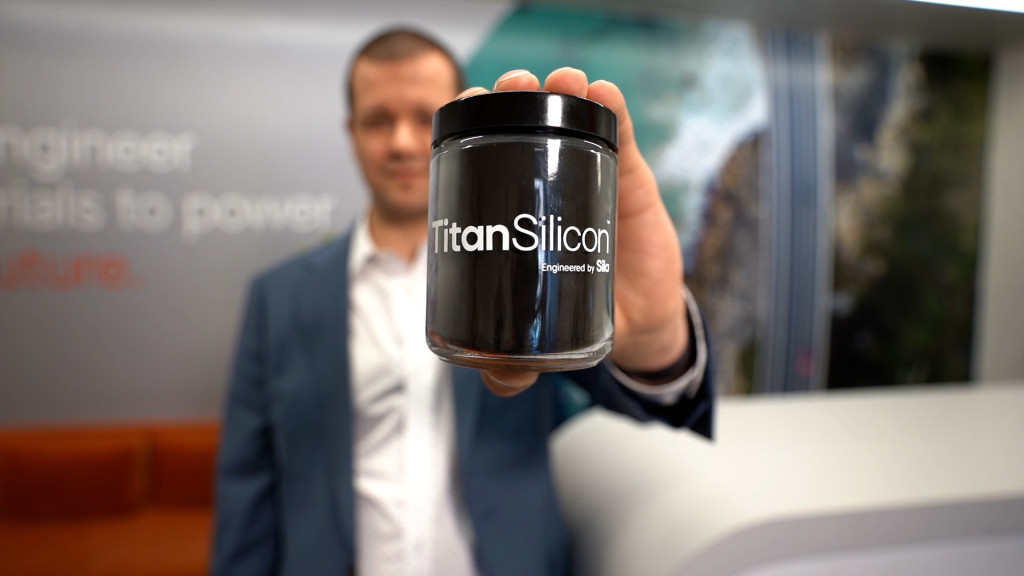
Sila Nanotechnologies Titan Silicon anode material
Researchers have looked at adding more graphite, which makes for a more stable mix, and have developed a “secret sauce” electrolyte that helps protect both the cathode and anode, according to the release.
Other experiments have focused on the addition of binders and separators to the cell. The binders help maintain the electrodes’ structure even if it becomes damaged, while the separators keep the cathode and anode physically apart to prevent short circuits.
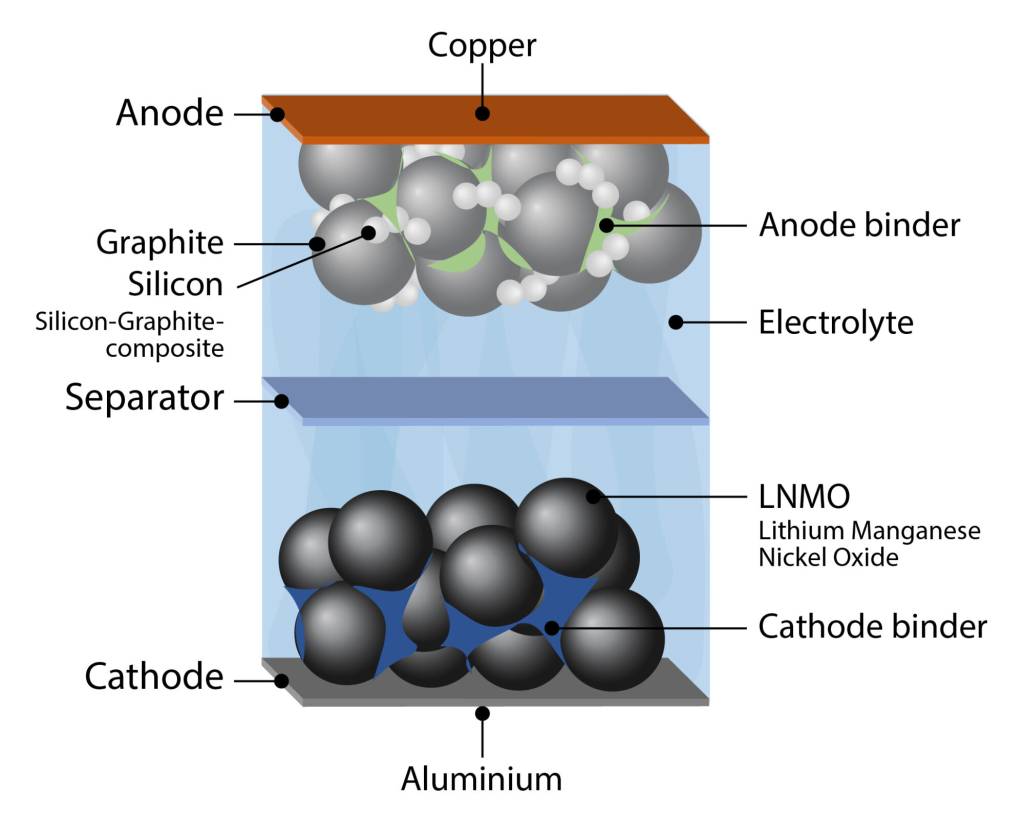
EV battery electrode binders for counteracting damage (Credit: NTNU)
In the era of cell-to-pack technology becoming common in EVs, such features may become especially important to prevent the full removal of packs for just a few bad cells. Although a few automakers are looking to innovate in that process, too. Ford, for instance, has proposed replacing battery modules while the pack itself stays put.
And it’s unclear whether a strategy such as this, using electrode binders, would serve any purpose in future solid-state cells, as the industry shifts that way.

Renault 5 Turbo 3E brings in-wheel motors to electric hot hatch
Renault continues to look to the past with a performance version of its affordable electric hatchback.
Just as the electric Renault 5 E-Tech is inspired by the cult-classic original that launched in 1972, the limited-edition Renault 5 Turbo 3E pays homage to an extreme performance version of that hatch. Due to start deliveries in 2027, production will be limited to 1,980 units in reference to the original 5 Turbo’s launch year.
That first Renault 5 Turbo (and a later 5 Turbo 2 variant) were powered by a turbo-4 engine mounted in the middle of the car and powering the rear wheels, instead of the front-engine, front-wheel-drive configuration of the standard 5. This all-electric revival also makes the switch from front-wheel drive to rear-wheel drive, in this case with a pair of in-wheel motors delivering a combined 533 hp, mounted in 20-inch wheels.
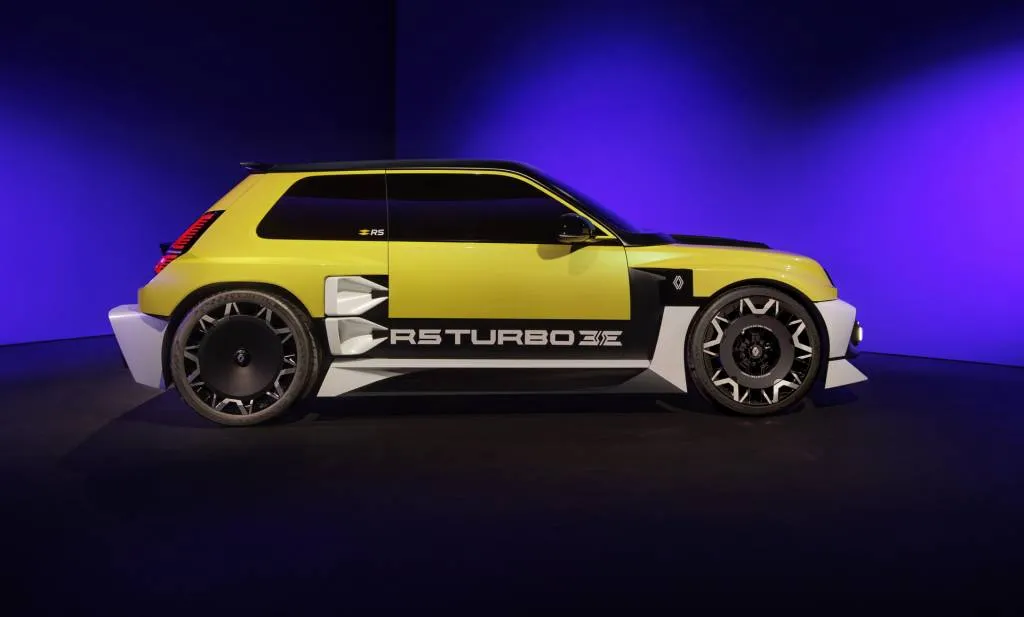
Renault 5 Turbo 3E
A 70-kwh battery pack affords what Renault estimates as approximately 250 miles of range on the European WLTP testing cycle, which generally produces higher number than the EPA cycle, or “several hot laps” of a racetrack. An 800-volt electrical architecture allows for 350-kw DC fast charging and a 15-80% charge in around 15 minutes, according to Renault.
Carbon-fiber bodywork contributes to a relatively low (for an EV) curb weight of 3,395 pounds, allowing the 5 Turbo 3E to get from 0-62 mph in under 3.5 seconds and on a top speed of 168 mph, Renault estimates.
Like the original 5 Turbo, very little of the base car’s bodywork carries over. Renault moved the windshield back, extended the wheelbase, and have the 5 Turbo 3E swollen fenders that are dead ringers for those of the original 5 Turbo. Enhancing the retro aesthetic are available liveries like the black, white, and yellow combination shown here, inspired by a racing livery from the 1982 Tour de Corse rally.
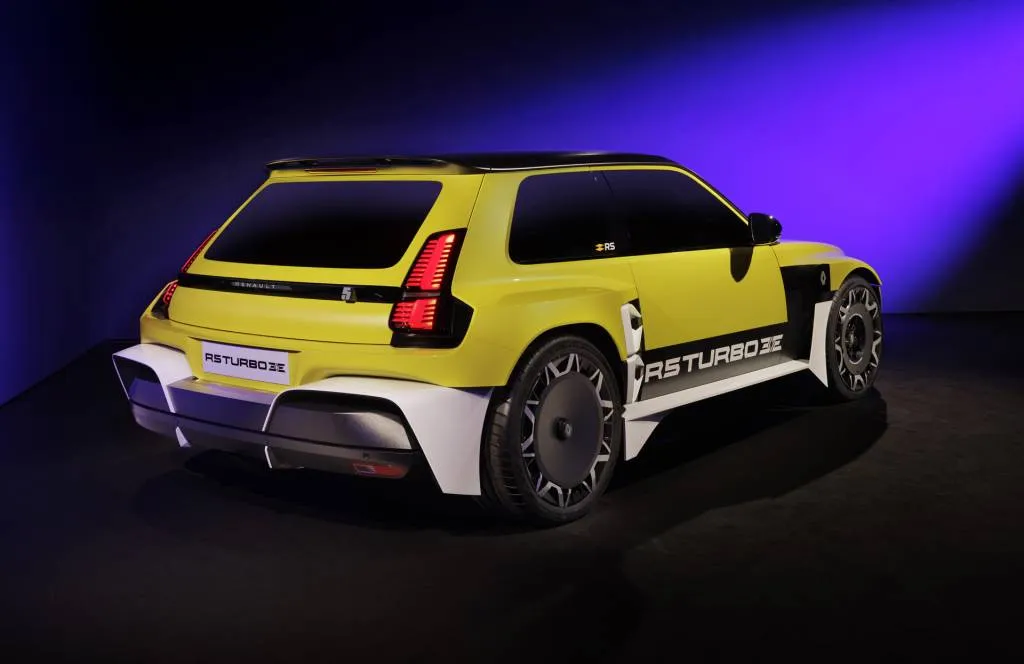
Renault 5 Turbo 3E
Inside, bucket seats and six-point harnesses mingle with a 10.1-inch digital instrument cluster and and 10.3-inch central touchscreen, with more carbon-fiber components to help drive home this car’s sporty intent.
The 5 Turbo 3E isn’t the only performance version of the modern electric Renault 5. Renault’s sibling brand Alpine recently launched the A290, a 220-hp version of the electric hatch. While prices haven’t been announced, given its extensive reworking and limited production run, expect the Turbo 3E to be much more expensive, in sharp contrast to the base 5 E-Tech’s low price. And neither version will likely come to the U.S.
Homages like the Turbo 3E are in keeping with Renault’s strategy of emphasizing retro styling as it electrifies. In January, the automaker also unveiled a one-off test car inspired by record-setting prototypes from the last century. Dubbed Filante Record 2025, it will be used in range and efficiency record attempts later this year, Renault has said.

Electric BMW 3-Series arrives in 2026; undergoing cold-weather testing
The second model in BMW’s Neue Klasse electric-vehicle line is now undergoing cold-weather testing ahead of a 2026 debut.
BMW started pre-production of the first Neue Klasse model, a compact crossover, in November, and on Friday confirmed that it will debut at the 2025 Munich auto show in September. BMW also confirmed the iX3 name for this model, recycling a name first used on an electric version of the X3 that was never sold in the U.S.
Two days prior to that announcement, BMW posted a video on Instagram of an electric sedan testing in Sweden. This second Neue Klasse model is expected to wear BMW 3-Series badging, and may even be called the i3, bringing back the name of an innovative electric hatchback that was BMW’s first attempt at a volume electric car.
The original i3, which debuted in 2013 and ended production in 2022, featured an unusual (for BMW, at least) tall-and-narrow shape and unorthodox engineering, including a body structure made in part from carbon fiber-reinforced plastic. More than 250,000 were made during the i3’s nine-year production run.
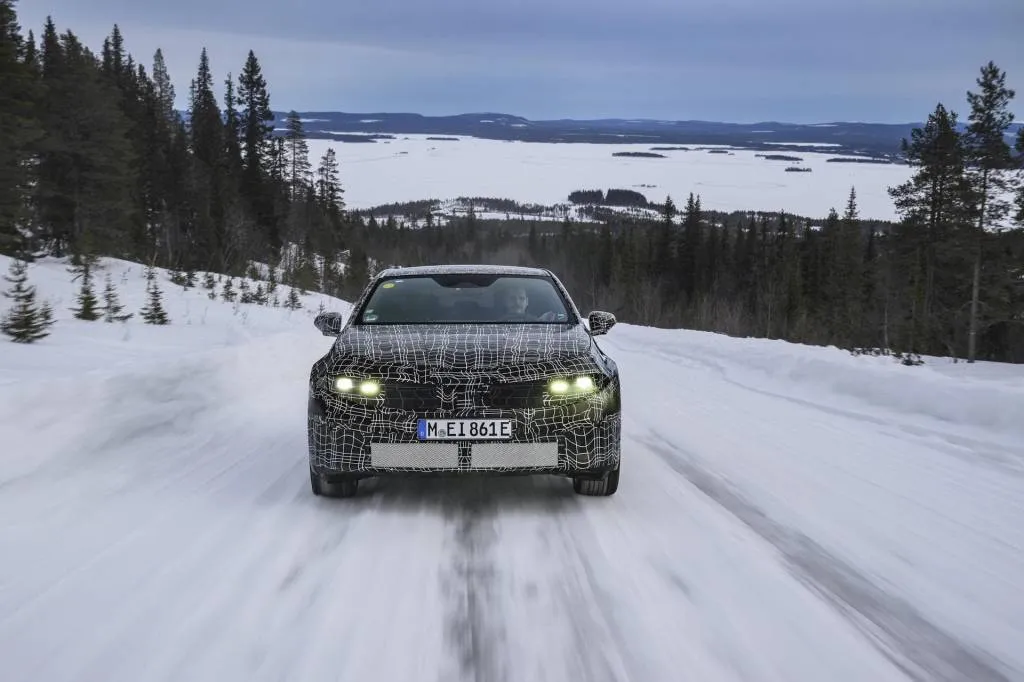
Prototype for electric BMW 3-Series based on Neue Klasse platform
The i3’s departure left BMW without a small, entry-level EV, something the automaker has wanted to rectify, development boss Frank Weber said in a 2023 interview. Weber said the i3 successor wouldn’t have the “polarizing design” of the original, though. Perhaps this Neue Klasse model, sporting a more conventional sedan shape and minimalist styling previewed by a 2023 concept car, is it.
Named after the family of models credited with saving BMW in the 1960s, the Neue Klasse represents a new phase in EV engineering for the automaker. BMW has been teasing technical details for some time, confirming an 800-volt electrical architecture, a switch to cylindrical battery cells and front induction motors, and a chassis-control unit dubbed Heart of Joy.

Study: Trump killing EV tax credits would decimate US industries
If the Trump Administration eliminates the federal EV tax credit, it could have a devastating effect on U.S. manufacturing, a new study warns.
Produced by the REPEAT Project, a Princeton University group that analyzes environmental policy, the study found that killing the $7,500 tax credit would reduce EV demand, as well as endanger manufacturing jobs associated with making those vehicles and the batteries that power them.
“The report is also the only analysis I’m aware of to date that draws the connection to U.S. manufacturing as well,” Jesse D. Jenkins, an assistant professor at Princeton and the study’s project leader, told Electrek in an emailed statement.
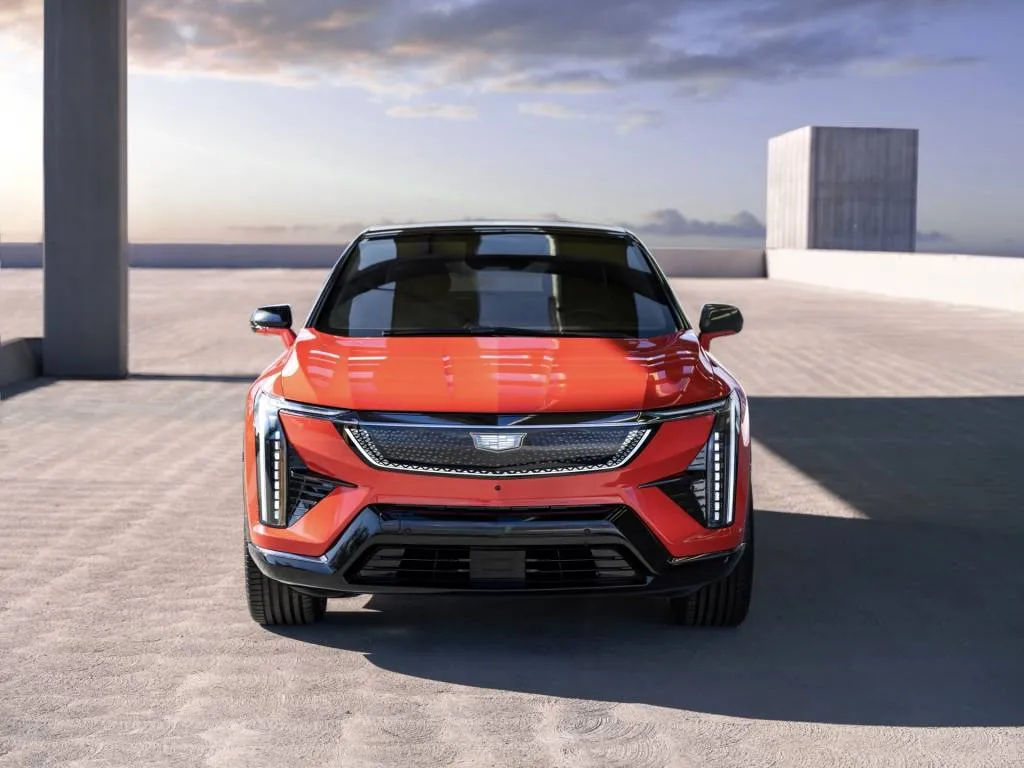
2025 Cadillac Optiq
Without the tax credit, researchers estimate that EV sales in the U.S. could decrease 30% by 2027 and nearly 40% by 2030. That might cut predicted EV market share from 18% to 13% in 2026 and from 40% to 24% in 2030, according to the study.
Such a slowdown could lead to 100% of planned expansions of U.S. EV assembly plants being canceled, and could make 29% to 72% of U.S. battery-manufacturing capacity redundant, according to the study. Factories that are idled—or never built in the first place—mean fewer jobs. And based on the distribution of current EV-related manufacturing projects, red states could be hit the hardest.
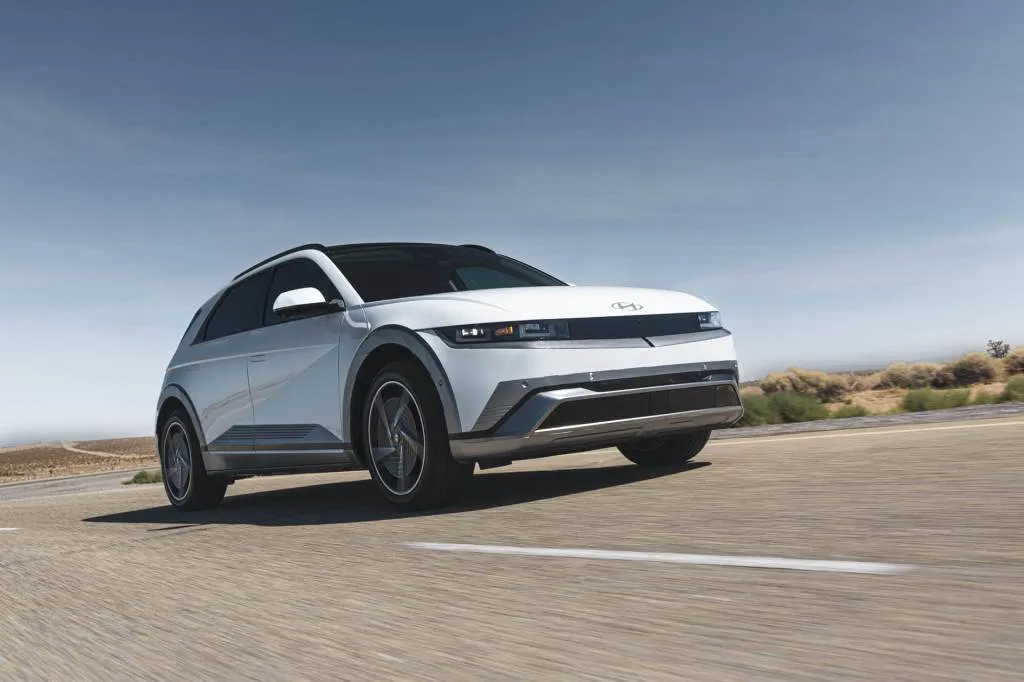
2025 Hyundai Ioniq 5
Analysts have viewed the tax credit as vital to continuing U.S. EV sales growth. It was among the trends that led S&P Global Mobility, in 2023, to predict that U.S. EV sales could more than double by 2030. But the Trump Administration is expected to target the credit, just as it’s targeted other Biden Administration policies related to charging infrastructure and emissions standards.
The potential loss of the tax credit, and other Trump policies, led J.D. Power to revise its EV market share retail forecast to be flat this year, at 9.1% of the U.S. retail market, but with resumed growth after this year to 26% of the market by 2030. Considering expected market growth among mass-market models outside EV-specific brands like Tesla, Rivian, and Lucid, that could still lead to 3% sales growth.

VW ID.4, Audi Q4 E-Tron recall: 12V issue may strand drivers
Volkswagen ID.4 and Audi Q4 E-Tron electric vehicles are being recalled because of an issue with their batteries—their 12-volt batteries, that is.
In the 13,769 recalled vehicles—including a mix of 2024 VW ID.4 and 2024-2025 Audi Q4 E-Tron and E-Tron Sportback models—the 12-volt battery may not charge, even when there’s plenty of charge in the high-voltage battery pack, according to the NHTSA. This could prevent cars from starting, as well as lead to loss of power or electronic issues if the 12-volt battery runs out of charge while a vehicle is being driven.
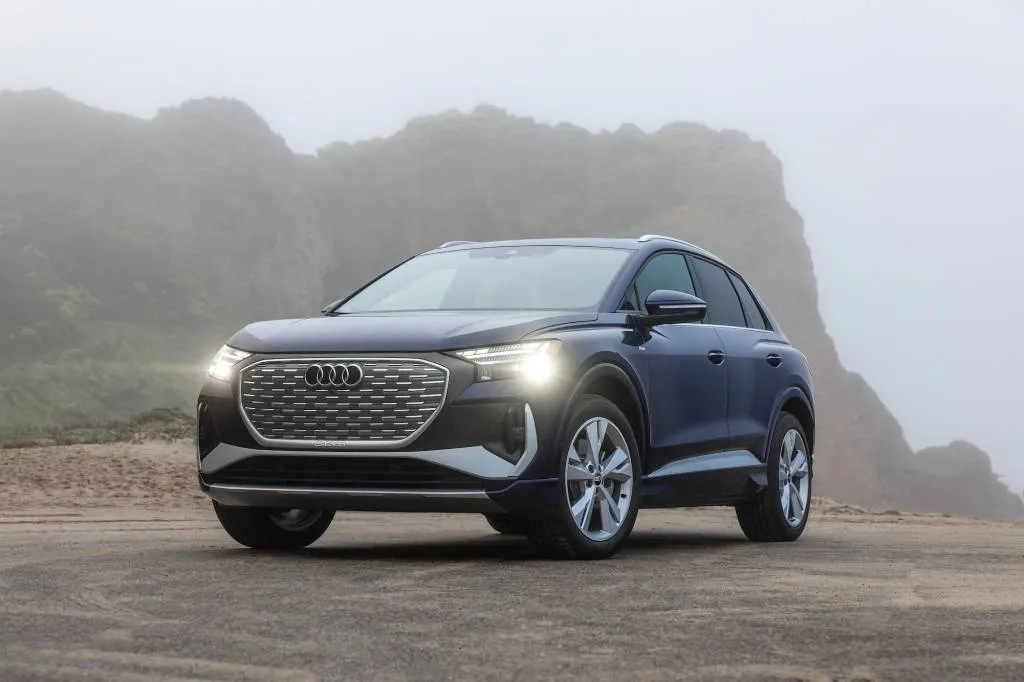
2025 Audi Q4 E-Tron
This can occur even when the 12-volt battery is relatively new, as it’s related to condensation forming within the onboard charger and damaging a printed circuit board due to insufficient protective coating. That can cause the DC/DC converter to fail and prevent the 12-volt battery from charging.
If a fault with the 12-volt battery is detected, “the vehicle will provide several, major warnings to the driver, and the vehicle will experience reduced driving functions,” the NHTSA said.
The remedy is replacement of the onboard charger, which dealers will do free of charge. VW and Audi plan to mail owner notification letters Apr. 29. VW customers can call that brand’s customer service department at 1-800-893-5298 and reference recall number 93CJ. Audi’s customer service department can be reached at 1-800-253-2834, and its reference number for this recall is 93FR.
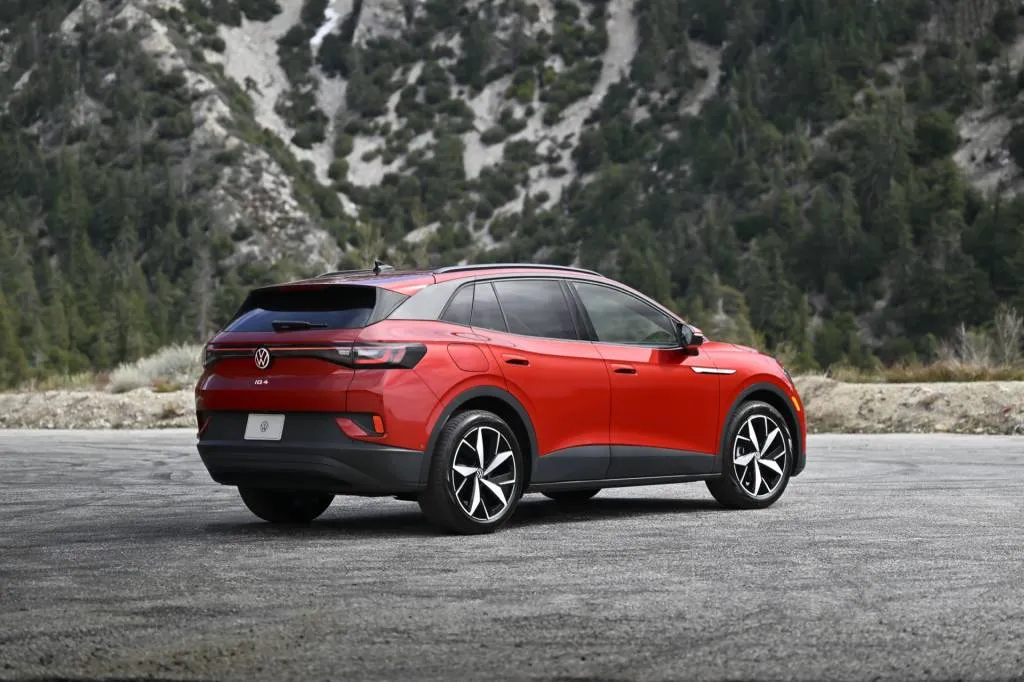
2024 Volkswagen ID.4
VW just restarted deliveries of the ID.4 after a door-handle issue that led to a stop-sale order and production halt. The 2025 model costs a little bit more, in part because the smaller battery pack is temporarily unavailable, with midyear features coming.
Previous model years of the ID.4 and Q4, which are closely related, have been involved in several other noteworthy recalls, including one for instrument panels and another for screen issues.

BMW iX3 debuts in September as first Neue Klasse EV
The first of BMW’s next-generation electric vehicles will be unveiled in September at the 2025 Munich auto show, and will wear iX3 badging, the automaker confirmed Friday.
BMW brought out a camouflaged prototype of this model, the first in a family of EVs dubbed Neue Klasse (German for “new class”) at its annual financial results conference. CEO Oliver Zipse said the camouflage would come off at the Munich show, and confirmed the iX3 name, which first appeared in 2020 on an all-electric derivative of the BMW X3 that was never sold in the U.S.
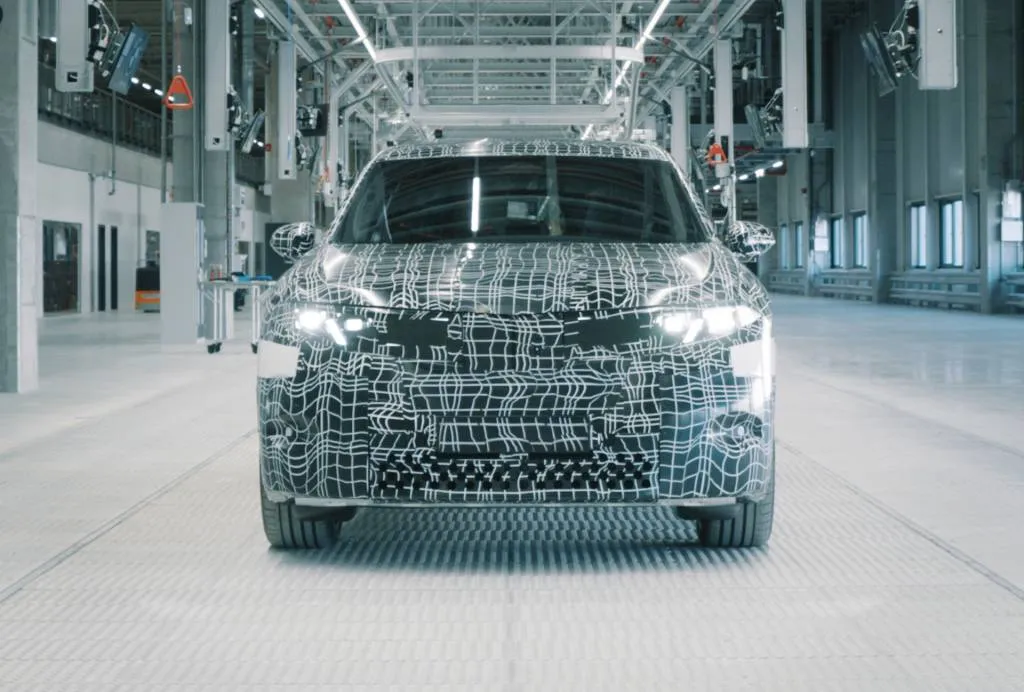
Pre-production example of first BMW Neue Klasse electric vehicle at plant in Hungary
The Neue Klasse iX3 entered pre-production in November at BMW’s Debrecen, Hungary, plant. It’s expected to borrow styling from the Vision Neue Klasse X concept unveiled in March 2024, and will be followed by a sedan—which might revive the BMW i3 name—based on the Vision Neue Klasse concept first shown in late 2023.
Named after a family of vehicles from the 1960s that set BMW on its current path, the Neue Klasse debuts the automaker’s next-generation interface—including a panoramic head-up display and AI integration—and electric powertrain hardware.
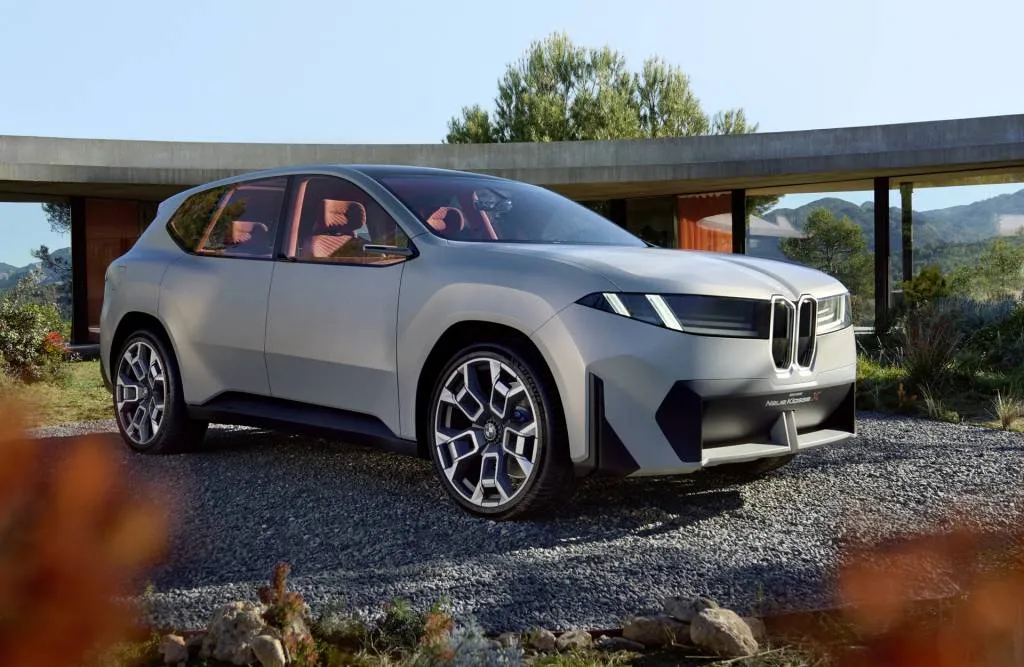
BMW Vision Neue Klasse X concept
Just last month, BMW confirmed that it will use compact, cost-efficient induction motors to power the front axle in all-wheel-drive models, while keeping current-excited synchronous motors at the rear. The Neue Klasse will also feature an 800-volt electrical architecture and cylindrical battery cells installed directly into the pack, with some models using LFP chemistry to keep costs down.
Unlike the first BMW iX3, the Neue Klasse version is expected to be sold in the U.S. BMW in 2023 announced that Neue Klasse models would be built in Mexico, in addition to Hungary and Germany, which would seem to help set them up for U.S. tax credit qualification. But the Trump Administration’s war on EVs and tariff tantrums could jeopardize that.

Longbow aims to make lightweight electric sports cars a reality
A new startup has emerged to take on the challenge of developing a lightweight electric sports car.
U.K.-based Longbow on Wednesday provided the first details on its open-top Speedster and Roadster coupe, both of which it hopes to launch in 2026. It also confirmed the opening of reservations for both models in the U.K. (other markets weren’t discussed), where they’ll also be built.
The pair of two-seat sports cars are based on an aluminum chassis developed by Longbow with the aim of keeping weight to a minimum, in the spirit of classic small British sports cars. The targeted curb weight is just 2,200 pounds—featherweight for any car, especially a modern EV.
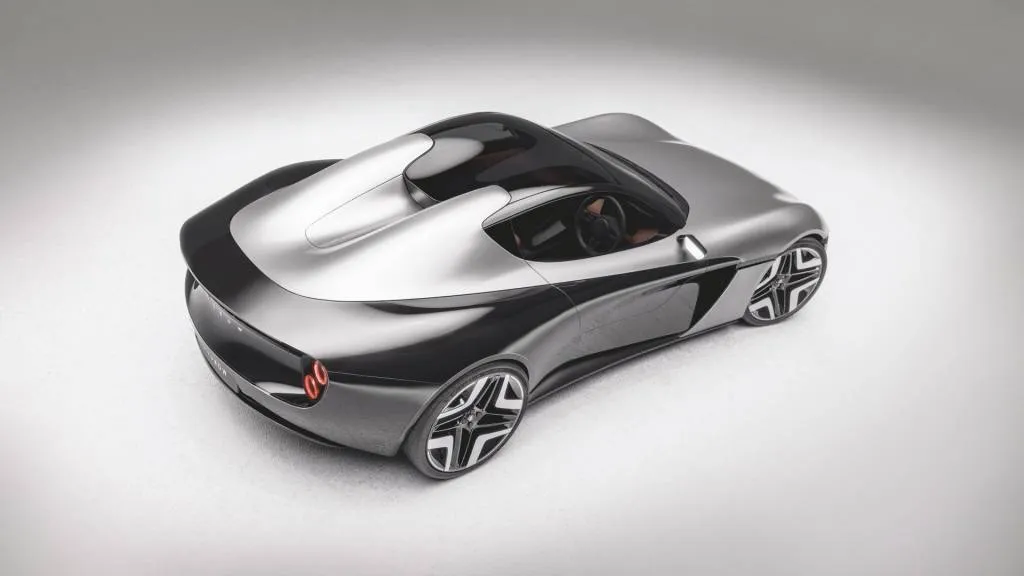
Longbow Roadster
The Speedster is scheduled to arrive first and targets a 0-62 mph time of 3.5 seconds, while the Roadster is estimated to do the same run in 3.6 seconds. Longbow expects 275 miles of WLTP range for the Roadster and 280 miles for the Speedster; equivalent EPA numbers would be somewhat lower.
Prices start at 84,995 British pounds (approximately $110,200 at current exchange rates) for the Speedster and 64,995 British pounds ($84,300) for the Roadster. Longbow plans to limit Speedster production to just 150 units, with a larger, undisclosed production run for the Roadster. The first examples of both models will be Luminary 1st Edition and Autograph Edition specials.
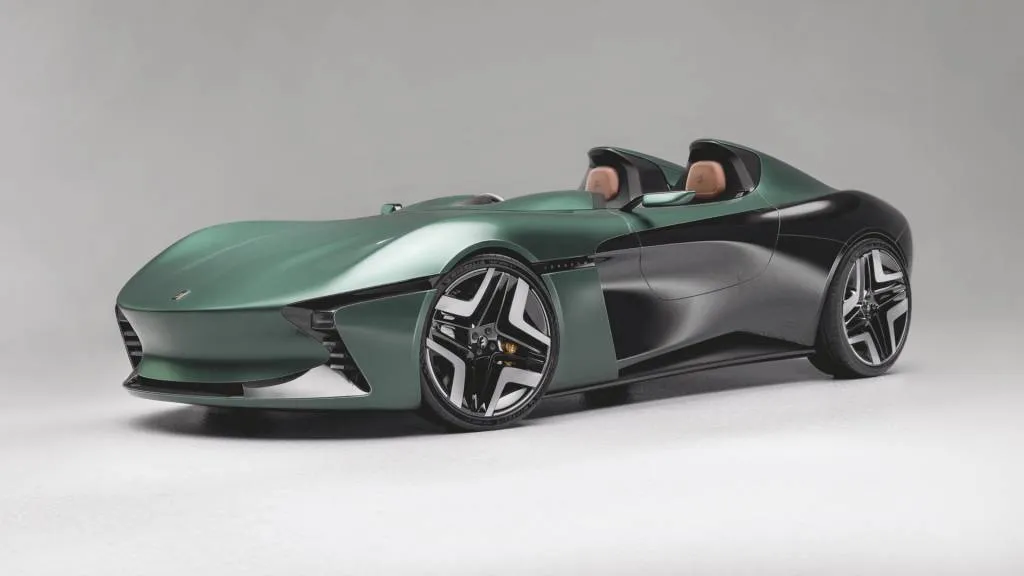
Longbow Speedster
Founded in 2023, Longbow is led by Jenny Keisu, whose background is in the private equity industry, and Daniel Davey and Mark Tapscott, who both claim some auto industry experience. Davey did two stints at Tesla, the first back in 2010 during the time of the original Roadster sports car, and was also the first Lucid employee based outside the U.S. Tapscott has worked at both automakers, as well as BYD.
Longbow isn’t the only British company developing a back-to-basics sports car with an electric powertrain. Caterham—known for the minimalist Seven—unveiled its Project V concept in 2023, and last year confirmed that it was working with Yamaha to develop a production version. The Project V’s quoted weight of just over 2,600 pounds is a bit heavier than what Longbow is aiming for, but perhaps the Caterham will also be a bit less expensive than Longbow’s sports cars.

Electric Porsche Cayenne reveal set for late 2025
An all-electric version of the Porsche Cayenne SUV will be revealed later this year, CEO Oliver Blume said in a Q&A following the announcement of the automaker’s 2024 financial results Wednesday.
“We are going to present it to the world for the first time at the end of the year,” Blume said, adding that the reveal will take place on the West Coast.
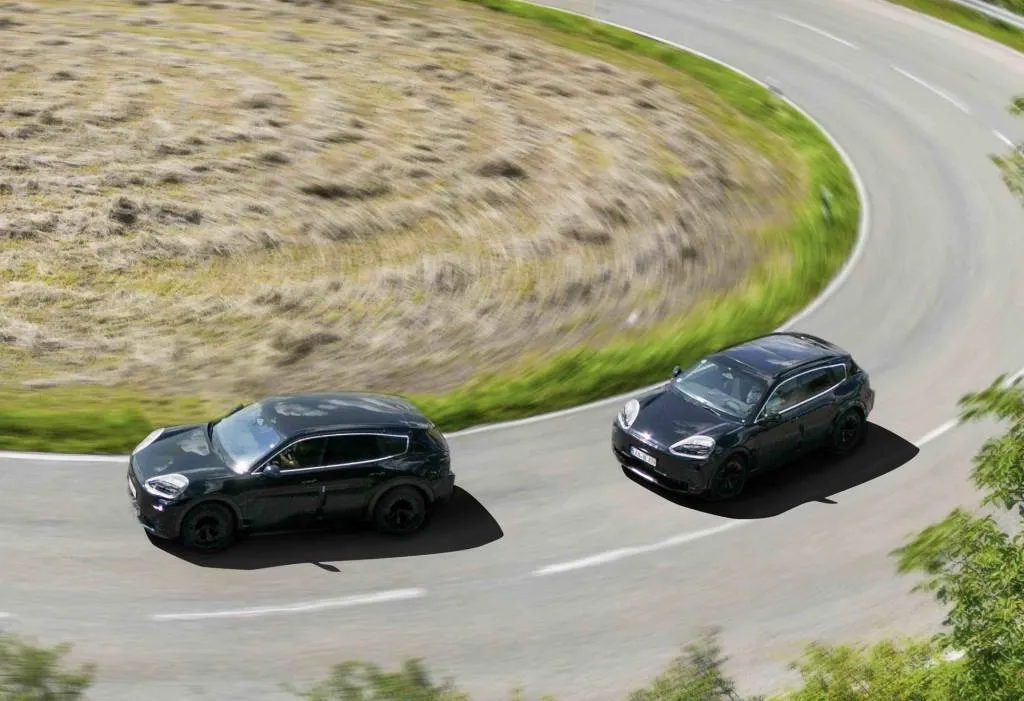
Electric Porsche Cayenne prototype
Porsche confirmed the electric Cayenne almost exactly two years ago, although it had been mentioned as a possible addition to its product pipeline prior to that. Like the smaller electric Porsche Macan, the Cayenne will share a name with current gasoline and plug-in hybrid versions of that SUV, but is expected to ride on a separate, EV-specific architecture.
Those current non-hybrid and plug-in hybrid models will be sold alongside the electric Cayenne for the rest of the decade perhaps into the 2030s as well, Porsche said last summer. Again, the strategy follows the electric Macan, which is being sold alongside outgoing-generation gasoline models for the time being.
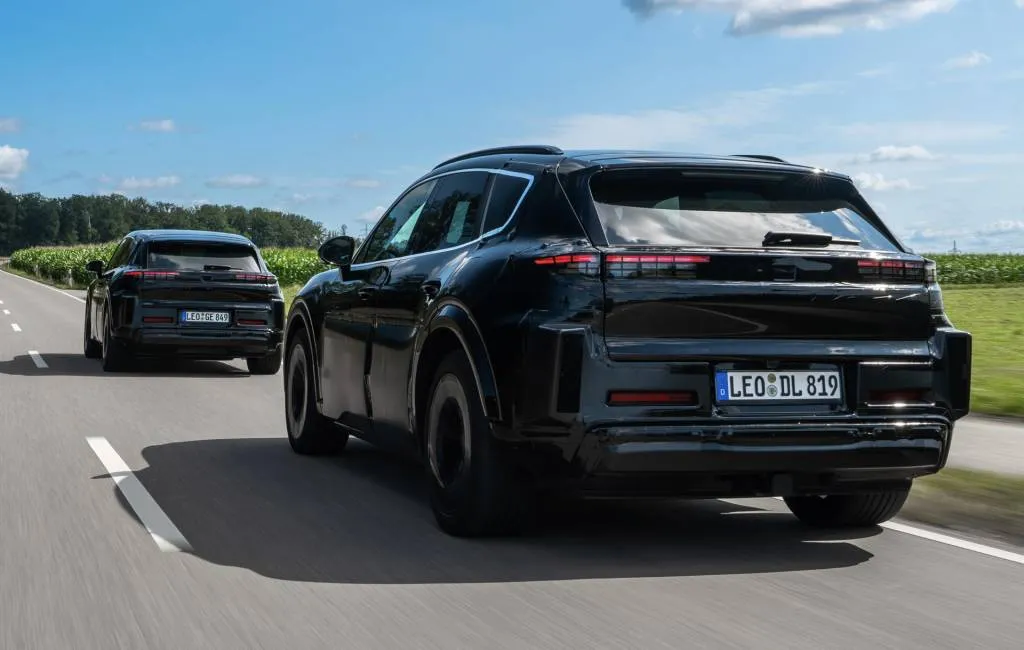
Electric Porsche Cayenne prototype
Porsche has walked back its electrification goals amid what the automaker has said are slow EV sales. It previously expected 50% of its global sales to be EVs and plug-in hybrids by this year, and planned to begin winding down gasoline car sales in 2026 with the discontinuation of the gasoline Macan and 718 Boxster and Cayman sports cars, on its way to 80% EV sales by 2030.
More recently, Porsche has said it will continue combustion-engine development longer than planned. The automaker reported 27% EV and plug-in hybrid sales for 2024, and now expects those models to account for 33%-35% of its global sales in 2025, with 20%-22% being all-electric.

Toyota EV fast chargers open for underserved communities
Toyota and EVgo on Tuesday announced the opening of new DC fast-charging stations for underserved communities.
Located in Baldwin Park and Sacramento, California, the fast chargers are part of Toyota’s Empact plan for making electric vehicles more accessible to communities not reached by previous infrastructure projects, such as those in urban areas with limited off-street parking and higher population density in multi-family dwellings.
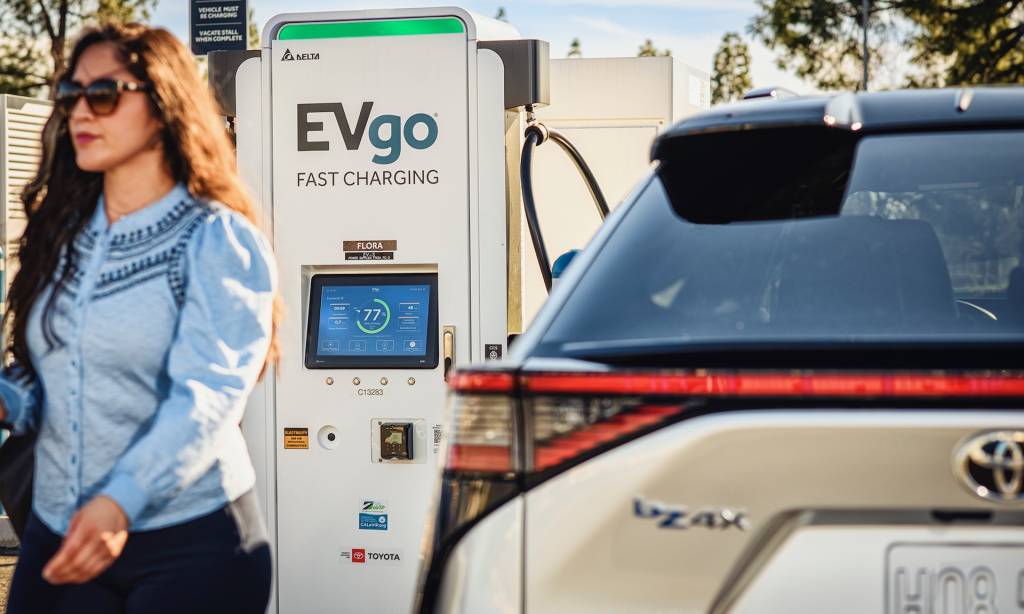
Toyota and EVgo Empact EV fast-charging stations for underserved communities
Situated in “amenity-rich areas” with nearby grocery stores, restaurants, shopping malls, and other places one might drive to, the charging stations can serve up to eight vehicles each and feature 350-kw chargers exclusively, according to a Toyota press release. That’s well beyond the sub-150-kw peak of the current Toyota bZ4X, but various other brands already offer EVs that can take advantage of that level of charging power.
In the past EVgo has partnered with General Motors to focus on urban EV ownership—and these locations appear sited at least in part for some of the same reasons. It’s unclear if this Toyota installation applies any California money made available for charger installations in underserved communities. The state is pushing ahead with charger buildout despite the Trump Administration’s attempt to freeze federal funds.
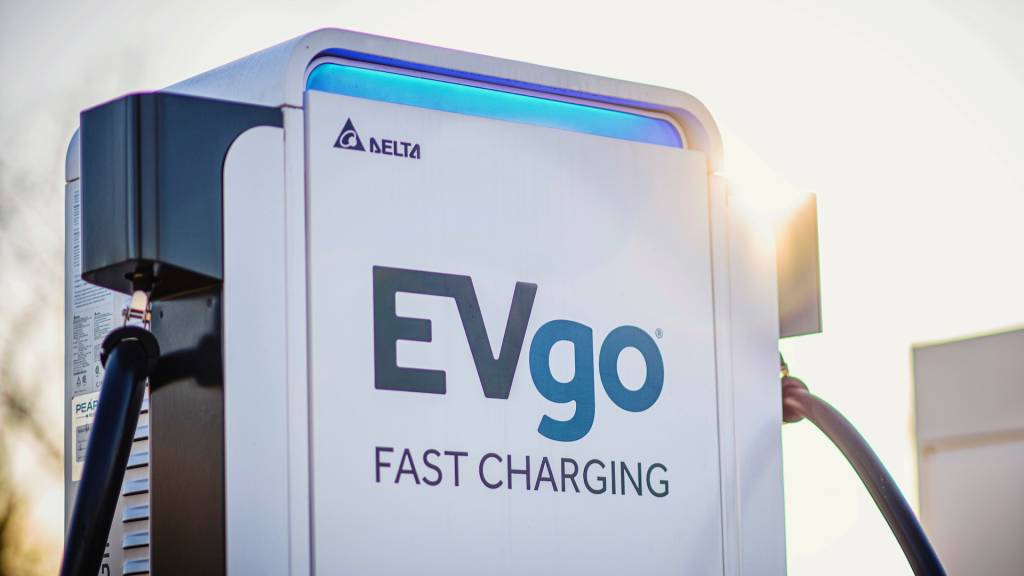
Toyota and EVgo Empact EV fast-charging stations for underserved communities
Toyota has touted some big plans for fast charging through the implementation of solid-state batteries. The automaker said in 2023 that future solid-state batteries could be charged from 10-80% in 10 minutes or less—likely taking advantage of that higher peak power. It’s still planning to commercialize them later this decade, but likely in low volumes.
Toyota is also funding the Ionna network with seven other automakers. Ionna opened its first location in 2024, and aims for 30,000 charging connectors across North America by 2030.

VW’s next-gen EV batteries arrive soon: How they’ll cut costs, boost range
- VW’s unified EV cell format brings cell-to-pack battery design
- Cuts costs, sets stage for cell-to-body and simplified EVs
- Means EVs with more range and energy density, perhaps lower weight
- LFP and NMC chemistries on the same format, maybe solid-state, sodium-ion
Volkswagen’s vision of where it might be by the end of the decade with electric vehicles has evolved in recent years. But simplification is the keyword, and its plans to focus on a single EV battery cell format go right along with that.
This week, in a technology update held just before the company’s Volkswagen Group Annual Conference, the global automaker and its battery-making PowerCo startup shared a closer look at how these unified cells will be packaged in upcoming EVs from VW, Audi, Cupra, and several of its other brands, in the near future.
As these unified cells arrive—soon, but on a timeline not yet detailed, especially for U.S.-market EVs—they’ll bring a new battery pack layout, packaging the cells directly into the pack. This allows more energy density, as well as a lighter pack, said VW officials, and the approach allows VW to be more flexible with versions for different models and markets.
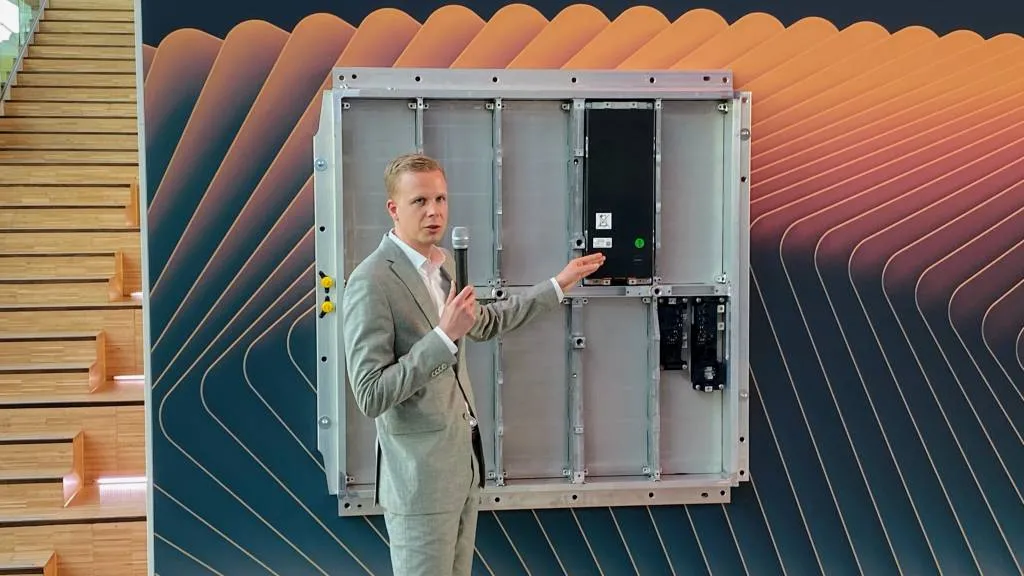
Current MEB battery pack layout
VW EVs set to move on from modules
Today’s electric vehicles built on VW’s MEB EV foundation, including the ID.4 and ID.Buzz, incorporate shoebox-sized modules of pouch cells integrated into the battery case (above). But as VW outlined this week, the next-generation battery arriving as soon as late this year for Europe will have the cells directly mounted into the battery housing—essentially in four rows spanning longitudinally along the battery case in the example shown (pictures of the demonstration case weren’t allowed).
The battery pack case evolves somewhat to accommodate the cell-to-pack layout, with the mechanical ribs that act as attachment points for the modules reduced while reinforcements have been added elsewhere.
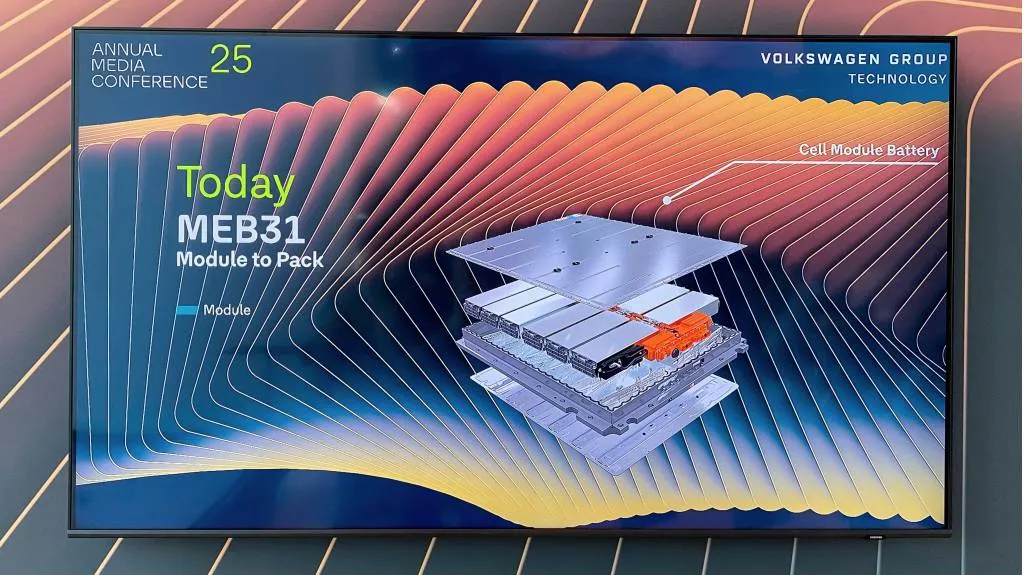
Current MEB battery pack layout with module-to-pack
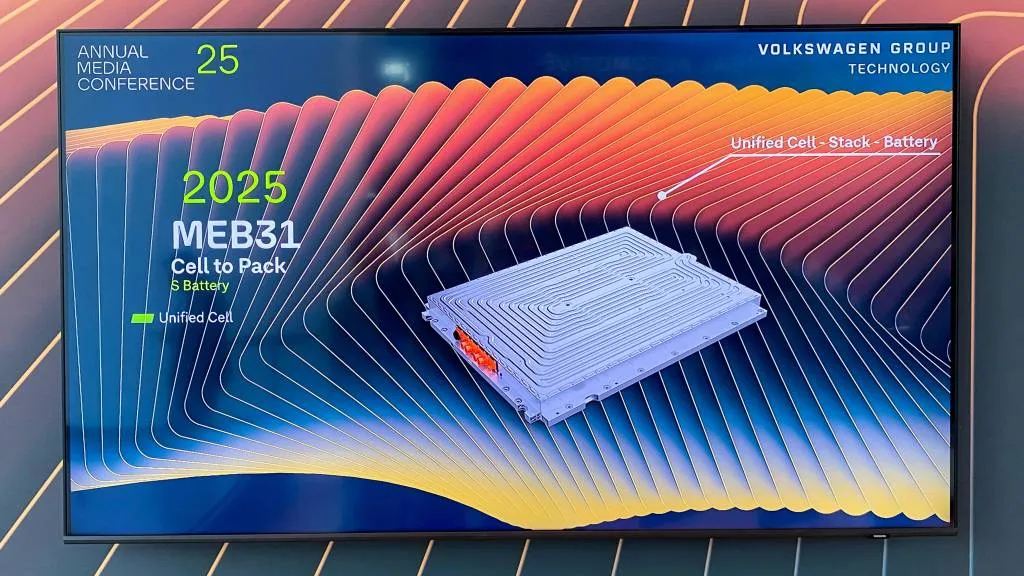
Battery pack layout with cell-to-pack
Cooling has been completely reworked for the new cell type and arrangement. The flat faces of the cells allow easier temperature control, and the housing on the outside has been completely reworked—with the most noteworthy change appearing to be a pattern of narrow cooling channels over a top plate. It’s not unlike the cooling approach to be used in Honda’s 0 Series EVs (although those will have modules).
At the cell level VW will not only monitor cell voltage but also temperature. The battery management system remains of the wired (versus wireless) type.
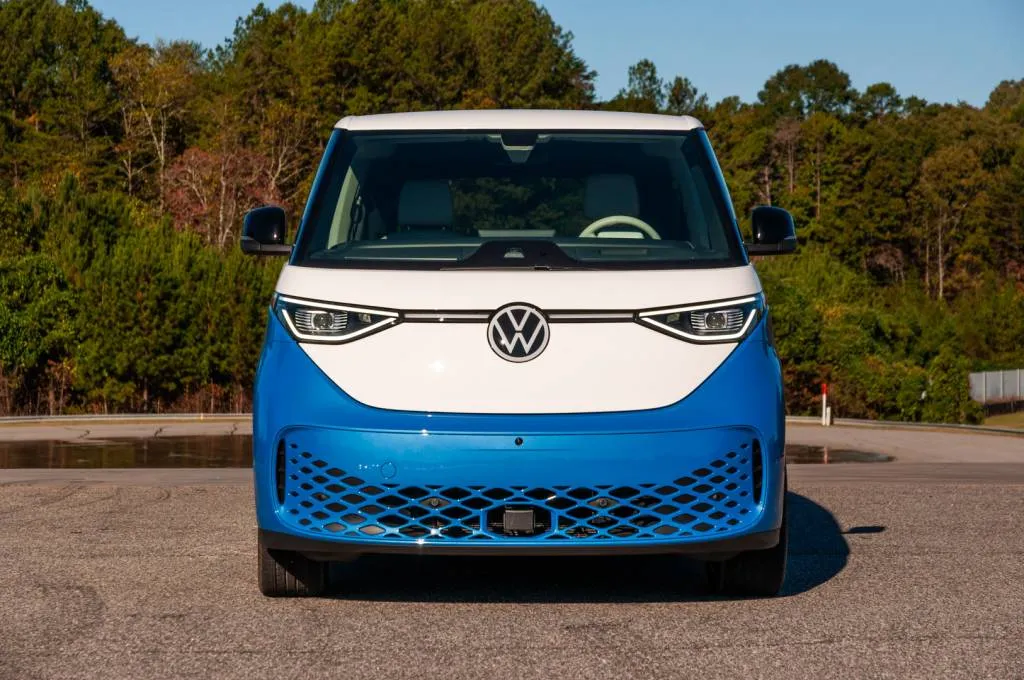
2025 Volkswagen ID.Buzz
Potentially more range in MEB models—like ID.Buzz?
Officials also said that there’s potential for longer packs with “way bigger energy content” versus the current capacity—maxed out at 91 kwh (or 86 kwh usable) with the pack in the Euro-market ID.7 and U.S.-market ID.Buzz, currently the two longest MEB vehicles.
Green Car Reports reads that as a pretty strong suggestion the Buzz could gain more range within the next few model years, as it simply needs it in order to match its road-trip mantra—although VW officials wouldn’t say so much.
Although Volkswagen confirmed the battery strategy as on the way for its ID.2 and ID.1 EVs arriving in Europe over the next couple years, it suggested that the non-extended-length demonstrator we saw compared roughly to the 82-kwh (77-kwh usable) pack in today’s ID.4.
Officials emphasized that exact figures for battery capacity, energy density, weight, and more will be released at the IAA Mobility 2025 auto show, set to be held in September in Munich. As shown, the preliminary pack is 400-volt, but more details about that and charging are also forthcoming at IAA.
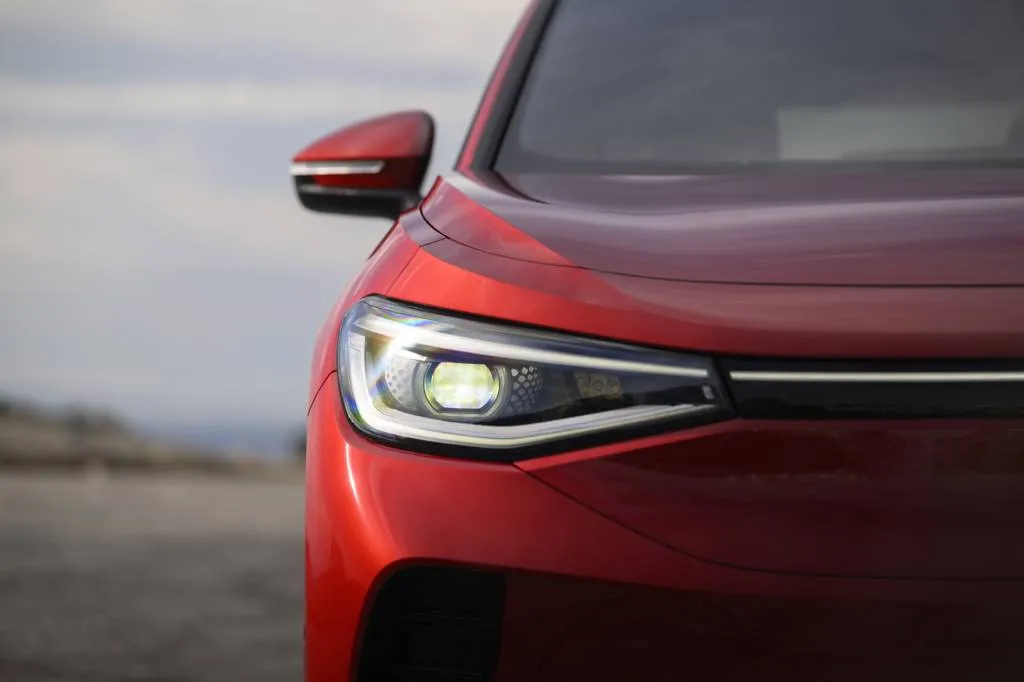
2024 Volkswagen ID.4
At the core: EV cost-cutting
As for these cells themselves, they’re a key piece in VW making a move to lower cell costs and enable more affordable EVs.
“The unified cell format built according to our own global and uniform technology standard will be the basis for massive economies of scale in cell and battery systems,” said Michael Steiner, head of research and development for the Volkswagen Group, at the event.
Steiner said that EV batteries still account for more than a third of EV cost—so the cells represent competitiveness not just on cost but on performance versus vehicle weight.
Development of the unified cell format was done at VW’s Center of Excellence for Battery Cells in Salzgitter, Germany. The facility oversees battery strategies, development, and purchasing, and it has a responsibility for nearly all aspects of battery technology.
The unified cell format aims to reduce the complexity of battery systems and cells, and that also goes to optimize battery costs and enable lower entry prices for volume segments of the market. It’s also part of an effort to coordinate the technology needs for China, Europe, and North America.
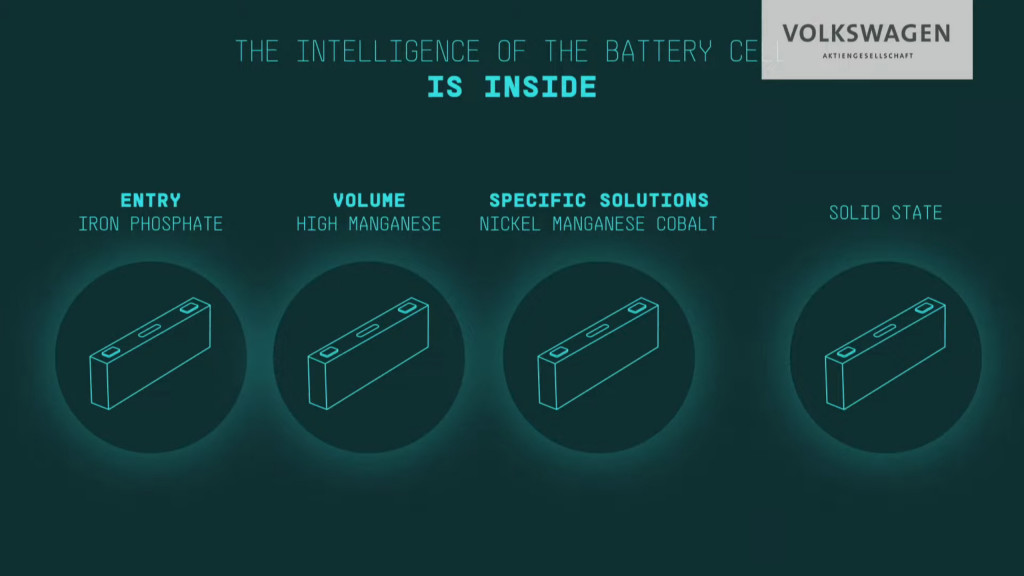
VW Power Day – battery types
Flexible chemistry, from LFP to sodium-ion to solid-state
It also permits the adoption of multiple chemistries with the same cell format, allowing for a volume NMC (nickel manganese cobalt) cell along with LFP (lithium iron phosphate). And it can not only accommodate the cell types VW has developed on its own but also next-generation sodium-ion or solid-state chemistries. A 2024 agreement between PowerCo and the solid-state battery tech firm QuantumScape, for instance, allows PowerCo to make up to 40 gigawatt-hours of solid-state lithium-metal cells annually, with the option to double that to 80 gigawatt-hours. The companies involved haven’t detailed a timeline
They’re also almost here—the NMC ones, that is. VW presented its plan for the unified cell format four years ago this month. It promised then, in 2021, that it would ramp up production of these unified cells around 2025, in a small volume at first, and it’s delivered exactly that.
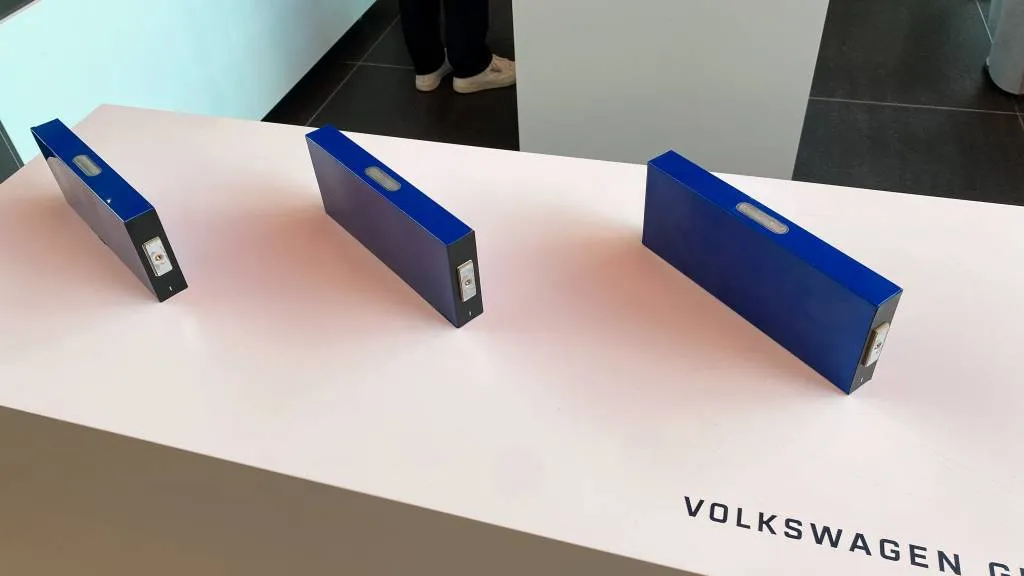
VW unified cell format
PowerCo says it has already produced over 100,000 cells and successfully tested them. That’s at its location in Salzgitter; PowerCo has two other production locations in the works, in Valencia, Spain, and in St. Thomas, Ontario (Canada). Valencia and Ontario are both due to ramp up in 2026.
Volkswagen has already said that its Salzgitter factory will have a target volume of 40 gigawatt-hours per year—enough for approximately 500,000 EVs. And altogether, the three factories are due to produce up to 200 gigawatt-hours of cells annually. The unified cell is bound for 80% of VW Group EVs by 2030.
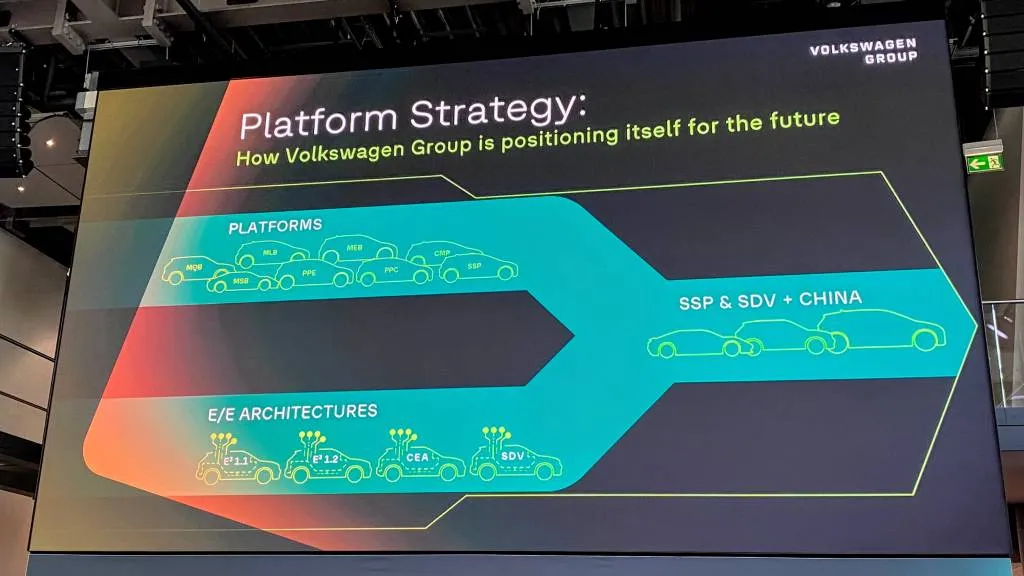
VW EV platforms and E/E architectures
How it all fits together: SSP + SDV + …cell-to-body?
VW is in the midst of massive change, as it embarks on a master plan that aims, over the next few years, to consolidate a range of different platforms and several electrical and electronics architectures down to a single modular Scalable Systems Platform (SSP) plus a software-defined vehicle approach that will utilize Rivian’s zonal architecture and reconceive everything from how zones are defined to the vehicle interface itself.
Neither the production-bound ID.Every1 (below), previewing a sub-$25,000, nor the production-bound, sub-$30,000 ID.2all, which is coming before that, are U.S.-bound. The ID.1 is set to use “elements” of the Rivian-derived zonal architecture, mated with a number of MEB components carried over.
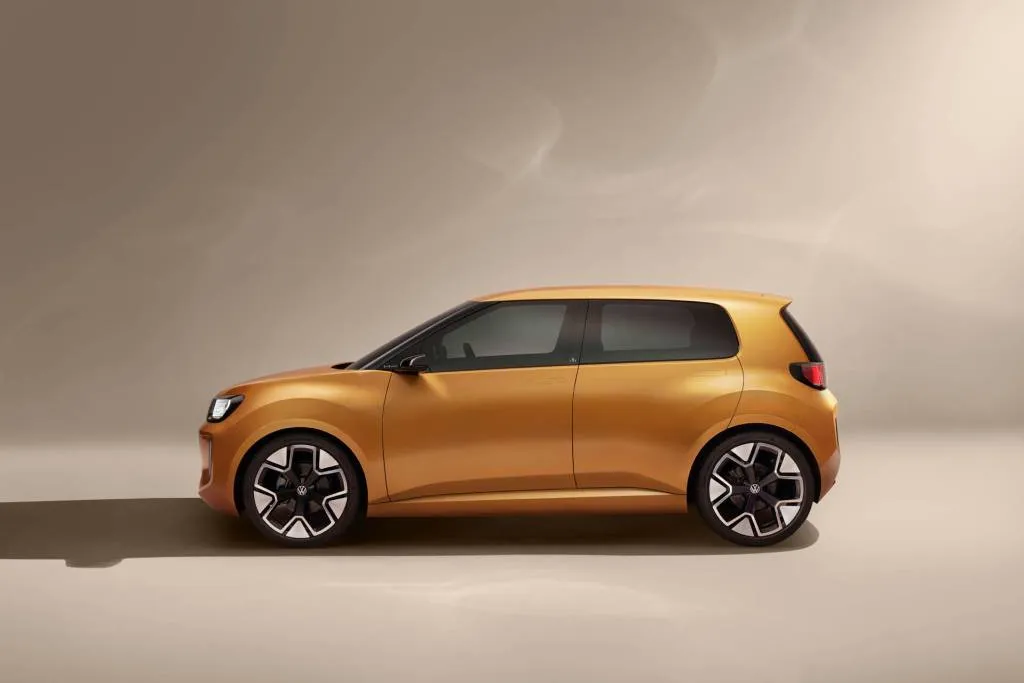
Volkswagen ID.Every1
SSP will arrive in full form in the ID Golf, which is due around 2028, VW says. That’s still a far-off possibility for the U.S., although SSP will soon after that propagate to a wide range of models, types, and brands from the whole group.
And the next stop, VW’s battery people say, is cell-to-body tech—in EVs that were designed from the start to incorporate battery cells directly into the body. VW’s SSP will reportedly enable this, although it’s yet unclear whether some or all vehicles on the platform will offer it and when.
What also still remains uncertain is how quickly VW intends to migrate its internal combustion models to a similar modular and software-defined approach, especially now that it might focus more on hybrids or plug-in hybrids for North America.
And in the meantime, how quickly it migrates its current MEB EVs like the ID.4 and ID.Buzz to this seemingly incremental battery-format makeover could end up providing a big boost to their range, and appeal.
